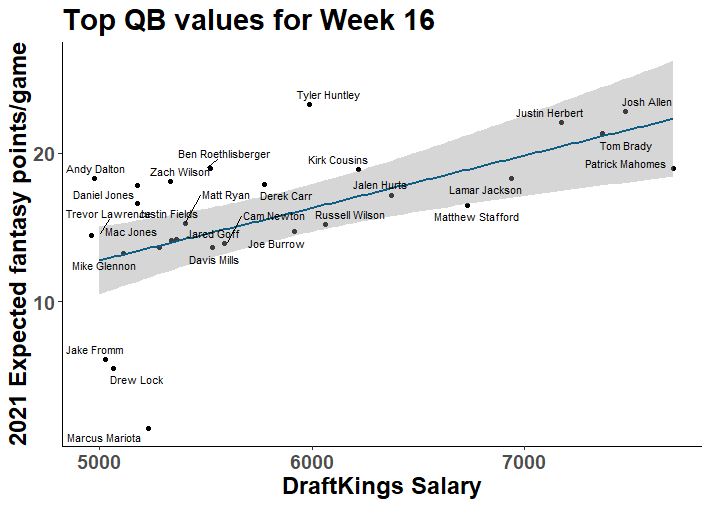

a quiz or other oral activity), an explanation of what will be learned in the coming lesson with expectations, the core activity (with practical learner-centred activities where possible) and summarising the lesson with a plenary to review what has been learned. A number of these are suggested within the units a lesson structure comprising a short active starter (which may reflect on what has already been learned, e.g. Approaches to teaching and learning There is a great deal of evidence to show that the most effective teaching and learning takes place in structured lessons with a variety of different styles of active teaching and learning. The time allocation is an approximate guide only, but will help to give some indication of the time that will be needed to be allocated to each of the units. A useful resource to do this includes BBC Bite Size (bbc.co.uk/schools/gcsebitesize/dida/using_ict/webresearchrev5.shtml). This could include the ability to focus a search and to identify the reliability and safety of sites. In addition, it may be useful to give learners a tutorial on effective research using the internet. Resources that will prove useful in support of this include the syllabus, the scheme of work and specimen papers. It is suggested that the course starts with an induction session, giving learners an overview of the contents of the course, the types of activities that they can expect to experience and the expectations expressed in the syllabus for learners of differing capabilities. Schools may choose to teach units addressing Paper 1 and Paper 2 in parallel, to balance theory with practical activity. These units are best taught in sequence, as concepts developed in one unit will be applied in the following units. Units 6 to 10 address elements that will be tested in Paper 2. It is recommended that Unit 1 is taught first. The units within the scheme of work (with suggestions for time allocations, based on a total allocation of about 130 hours) are: Unit 1: Introduction to computer systems (15 hours) Unit 2: Numbers, processors and operating systems (10 hours) Unit 3:ĝata communications and networking (12–15 hours) Unit 4:ĝata integrity and security (10 hours) Unit 5:ěinary logic (15 hours) Unit 6: Practical problem solving – structure diagrams, algorithms and flowcharts (12 hours) Unit 7: Practical problem solving – pseudocode (12 hours) Unit 8: Programming concepts (12 hours) Unit 9:ĝatabases (9 hours) Unit 10: Use of pre-release materials (20–25 hours) Teaching order Units 1 to 5 address elements that will be tested in Paper 1. Length of time allocated to a task is another possible area for differentiation. Timings for activities and feedback are left to the judgment of the teacher, according to the level of the learners and size of the class. There is the potential for differentiation by resource, length, grouping, expected level of outcome, and degree of support by teacher, throughout the scheme of work. The activities in the scheme of work are only suggestions and there are many other useful activities to be found in the materials referred to in the learning resource list. Outline Whole class (W), group work (G), pairwork (P) and individual activities (I) are indicated throughout this scheme of work.


The syllabus for Cambridge O Level Computer Science (2210) has been broken down and the scheme of work contains ten units with suggested teaching activities and learning resources to use in the classroom.
#Mac papers inc salaries how to
This scheme of work provides ideas about how to construct and deliver the Cambridge O Level Computer Science course. As ‘Computer Science’, this syllabus now shares the same name as the Cambridge IGCSE and the AS and A Level (formerly AS and A Level Computing) syllabuses, indicating the firm links and progression between these syllabuses. Scheme of Work Cambridge O Level Computer Science 2210 For examination from 2016 Contents Introductionē Unit 1: Introduction to computer systemsė Unit 2: Numbers, processors and operating systemsđ3 Unit 3: Data communications and networkingđ7 Unit 4: Data integrity and securityĒ2 Unit 5: Binary logicĒ5 Unit 6: Practical problem solving – structure diagrams, algorithms and flowchartsĒ8 Unit 7: Practical problem solving – pseudocodeē2 Unit 8: Programming conceptsē5 Unit 9: Databasesē8 Unit 10: Use of pre-release materialsĔ1 Introduction Developed from Cambridge O Level Computer Studies (7010) and now renamed Computer Science, this syllabus has been reviewed throughout to bring it up to date and to allow learners to begin the development of their computational thinking and programming skills.


 0 kommentar(er)
0 kommentar(er)
